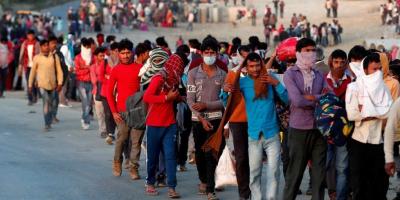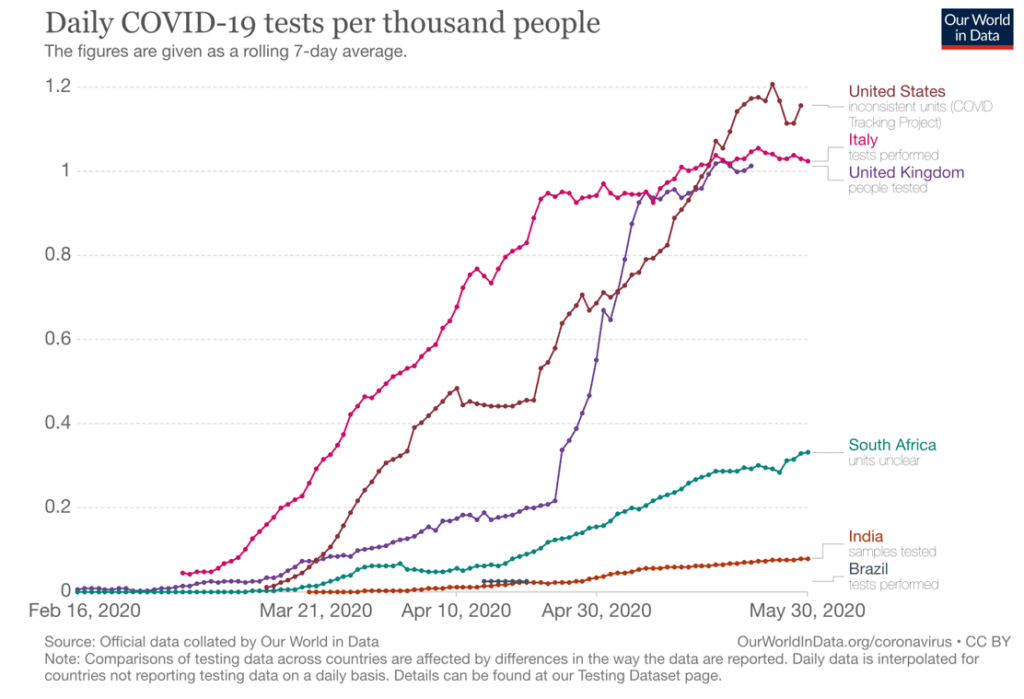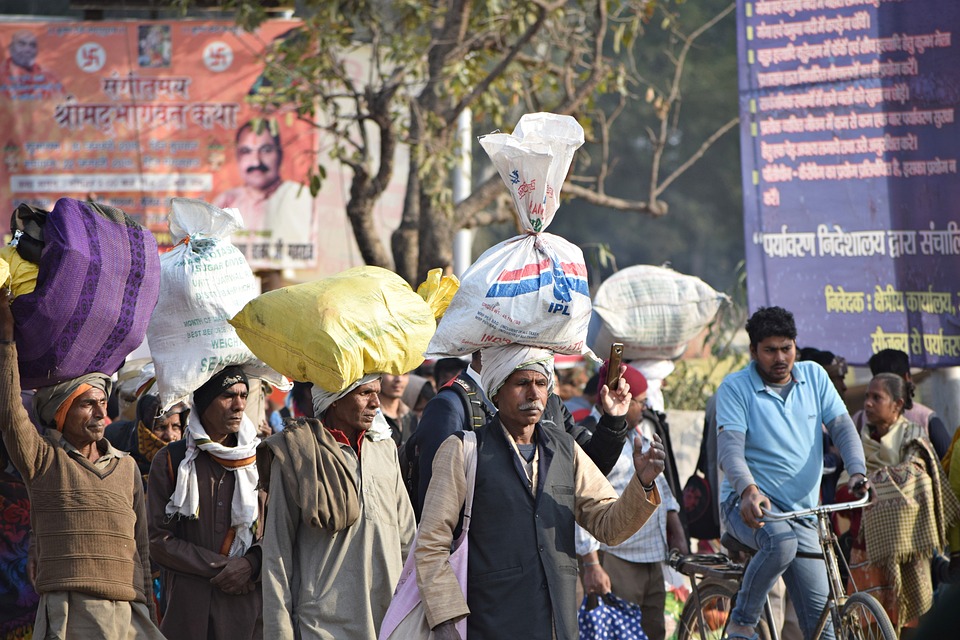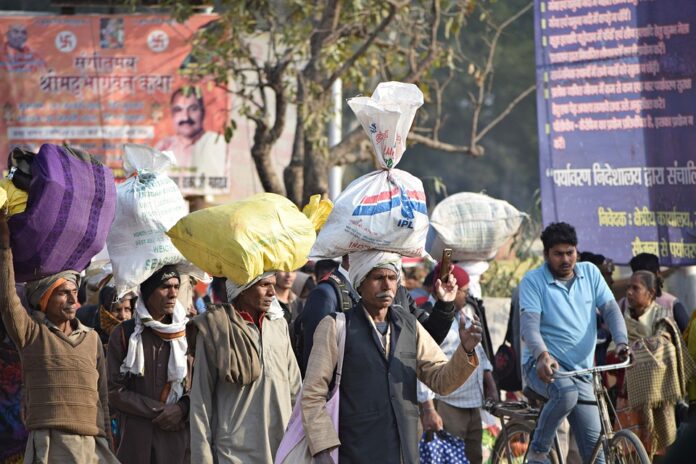India’s COVID-19 Lockdown & consequences – Outre Info- New Hot Topics
India’s relatively low number of officially confirmed COVID-19 cases compared to the rest of the world may hide a deeper problem in the country, which is the world’s second-most populous. With fewer than 500 cases and nine deaths as of March 24, these figures seem too good to be true for a population of 1.3 billion. Recognizing the potential severity, Prime Minister Narendra Modi announced a three-week nationwide lockdown to save lives. However, the central government faces challenges with testing, leading to life-or-death decisions being made without reliable data on COVID-19 carriers.
India’s healthcare system, both public and private, faces limitations, and the country’s massive population makes social distancing difficult. Experts warn of a potential catastrophe, particularly in poorer states with limited capacity to handle the crisis. Despite efforts to impose curfews and lockdowns, compliance and awareness remain concerns. Lack of information and societal order heighten fears among medical professionals. Projections suggest that up to 500 million cases may occur in the next four months, with a potential one to two million deaths over a year.
While India may not currently show official signs of trouble, warning signs are evident, emphasizing the need for immediate action and caution in the face of the ongoing pandemic.

India’s Testing Strategy Hindered Response Efforts
India initially took aggressive measures to address the COVID-19 threat, including restricting travel and airlifting citizens from affected areas. However, the focus of testing was limited to individuals with travel history or contact with confirmed cases, resulting in one of the lowest testing rates globally. Early tests were criticized for their lack of specificity, as they detected any strain of coronavirus rather than specifically targeting COVID-19. This led to unnecessary quarantines and false positives. Although India now has improved test kits, there are two key challenges.
First, only the central government is authorized to conduct tests, limiting the involvement of state leaders and their networks. Second, private testing remains limited in scale. Without significant changes to testing policies and implementation, India’s understanding of the outbreak’s extent will be compromised. Even with optimal testing, India would still face challenges in implementing crucial measures like lockdowns to control the outbreak effectively.

Public Disregard for Lockdown Orders Raises Concerns in India
Despite local lockdown orders, many Indians are openly flouting health and safety guidelines. Residents in Kolkata, like Andy, observed people not covering their mouths or using masks, and some even spitting in public. Lack of awareness and caution among the population has prompted the imposition of week-long lockdowns in several states.
India’s decentralized governance structure grants states significant autonomy, leading to varying levels of strictness in response measures. Maharashtra, with Mumbai as its capital, has taken drastic actions such as shutting down nonessential businesses and trains. However, even services for the affluent, like grocery delivery, are struggling due to high demand. Citizens’ defiance of local lockdowns can be attributed to factors such as high illiteracy rates, poverty levels, and a desire to avoid confinement. Enforcing strict policies for millions of people poses immense challenges, leading Prime Minister Narendra Modi to impose a nationwide lockdown for three weeks, a decision regarded by experts as bold. Modi’s previous decisions have raised additional concerns, especially regarding the current crisis.

Kashmir Braces for Severe Impact of Coronavirus
The region of Jammu and Kashmir (J&K), under Indian government control since last year, is facing unique challenges in the battle against COVID-19. The military lockdown imposed in J&K has eroded trust between the local population and the authorities, hindering efforts to combat the virus effectively. With limited access to the internet, J&K’s 8 million residents are unable to obtain vital information, work remotely, or continue their education online. This lack of connectivity has impeded healthcare services, making it difficult for physicians to access essential guidelines and provide adequate care.
The first coronavirus case in J&K was reported recently, raising concerns about a potential outbreak in the region, which shares a border with China. Moreover, there are worries that the central government may not prioritize sufficient medical support for the underserved region compared to other parts of the country. The combination of the military lockdown, communication restrictions, and tensions in the region has left residents with little hope for effective containment measures. Kashmiris fear devastating consequences if the pandemic takes hold, highlighting the urgent need for support and resources.
India’s Healthcare System Unprepared for Major Health Crisis
Around 75% of healthcare in India is provided by private hospitals, which are generally better-run and equipped. While this may benefit those who can afford private treatment, it leaves millions of poor individuals without access to necessary support. Private hospitals are already turning away potential patients with suspected coronavirus symptoms, exacerbating the issue.
India’s decentralized healthcare system, with states controlling their own public healthcare systems, poses a significant challenge in the face of a major health crisis like the coronavirus outbreak. The largest states, which have the worst healthcare systems, may struggle to provide adequate care to millions of patients in need.
The State of India’s Healthcare System Amid the Coronavirus Pandemic
Government hospitals in India are often ill-equipped, while private hospitals lack accountability, creating a worrying situation. Indian officials have warned that if community transmission reaches stage 3, the healthcare system will collapse. Some experts believe that community transmission has already begun, evident from cases without any travel or contact history.
The alarming state of affairs has led healthcare professionals to make adjustments and preparations for an influx of patients. However, the capacity of hospitals and the healthcare system as a whole will be severely tested. While Prime Minister Modi’s lockdown measures may provide a temporary respite, the situation is expected to worsen before improving. India’s healthcare system is ill-prepared for the challenges posed by a major health crisis like the coronavirus pandemic.

